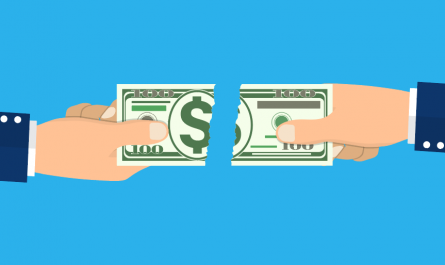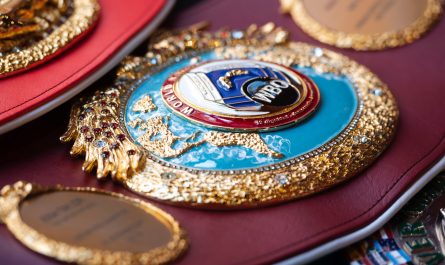As long as the game is not evenly matched, there is a favorite and underdog for every game or event. The favorite is the team or player that should win, and betting on that team will win less than betting on the underdog.
Read more: Hedging a Bet in Sports Betting
Money line
When betting on money lines, US odds show the favorite with a minus sign in front of the number. For example, at Super Bowl LVI, the rams were on the -200 money line. This means that bookmakers and bettors expect Barany to win the match.
The more likely the favorite will win, the greater the chances of winning. If a team is expected to win the game approximately 55% of the time, the bookmaker sets its line at around -120. If a team is expected to win 75% of the time, those odds are somewhere in the -300 range. The more likely the favorite will win, the higher the odds and the lower the payout.
Point distribution
The point spreads are similar to moneylines, but instead of betting on the outright winner of the game, you are betting against the spread. Different sports have different point distributions, eg B. hockey matches which usually have 1.5 goals or football matches from one point to several dozen points.
In point spread betting, the line is set based on what the bettor / better expects the favorite to win. So instead of just putting a lot of money into Alabama, New Mexico to win, you can now bet 55 points at much lower odds. Let’s go back to this example from the Rams Super Bowl. Rams went to the Super Bowl LVI as a 4.5 point favorite.
This means that bettors were expecting a profit of around 4.5 points. So you can bet on rams on the money line at -200 or -110, or you can bet them to win by at least 4.5 points at around -110. In this case, it was better to bet on the cash line as Barany won the game as favorites but failed to close the gap by winning by just three points.
Multi-lane market
Omni-directional markets are markets with more than two options. The Super Bowl champion or the winner of the NBA finals are examples of this type of market. While the favorites are even in negative bi-directional markets, the omni-directional markets are different. While some multilateral markets always favor negative odds, most do not.
For example, in the NFL MVP awards market, let’s say Aaron Rodgers has a 70% chance of winning, Tom Brady has a 25% chance and Cooper Kupp has a 5% chance of winning. Rodgers is the favorite and will cost around -300, Brady around +250 and Kupp around +2000. Prior to the start of the NFL season, MVP ratings varied widely.
Patrick Mahomes was a favorite but was only on the list with +500. This means approximately a 17% chance for Mahomes to win the prize. There is always a favorite in multi-lane markets, but that doesn’t mean they have a good chance of winning.





